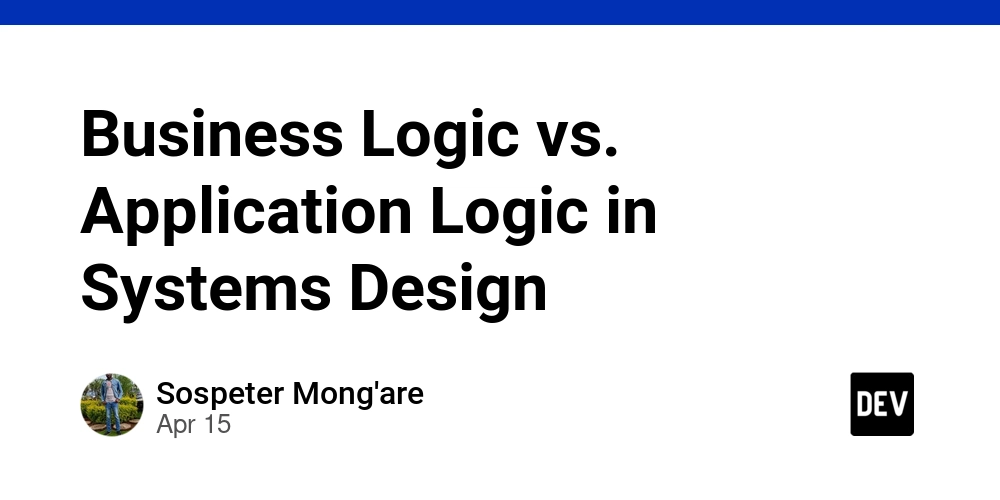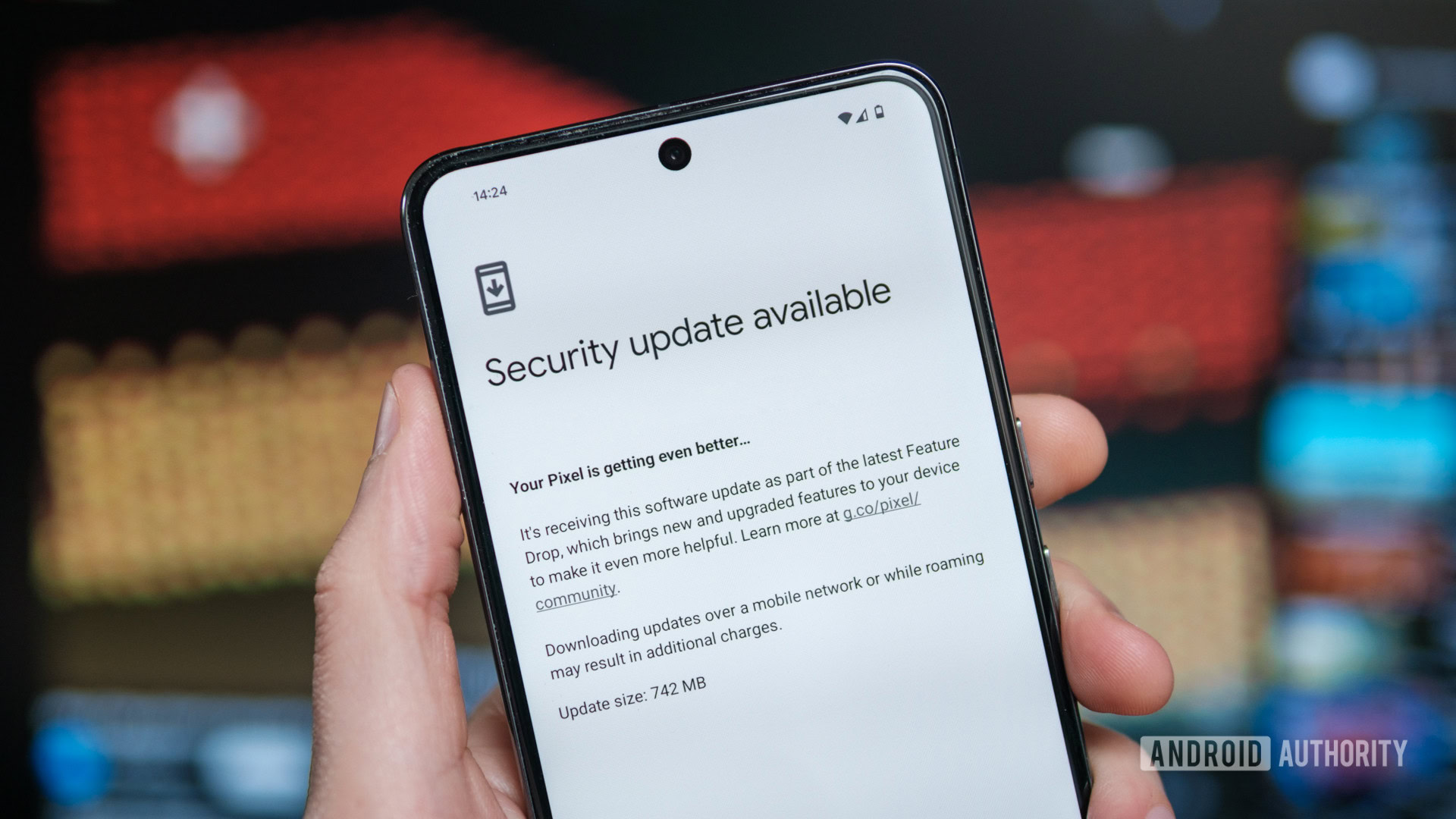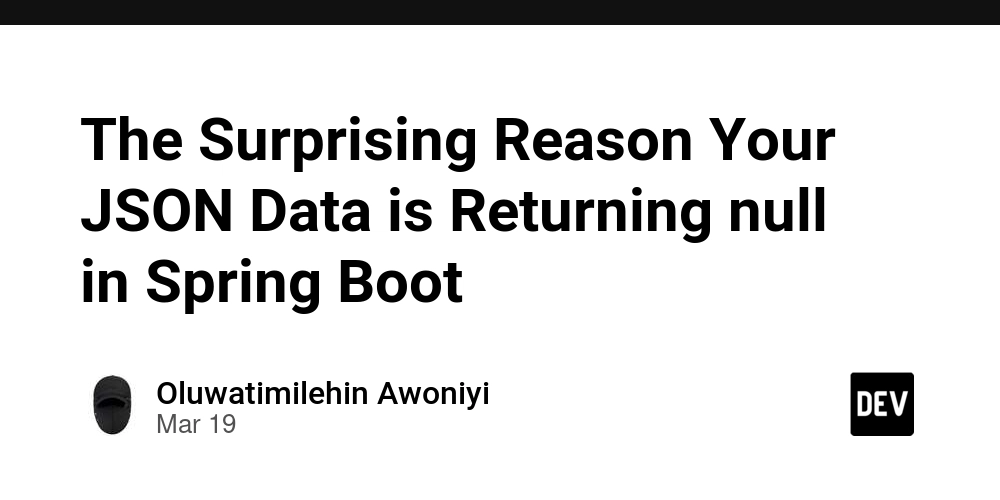Business Logic vs. Application Logic in Systems Design
When designing software systems, understanding the difference between business logic and application logic is crucial. While both play essential roles in how a system functions, they operate at different levels of abstraction. Misunderstanding these concepts can lead to tightly coupled, hard-to-maintain systems. This article explains: What business logic and application logic are. Key differences between them. Real-world examples. Why separating them matters in system design. 1. What is Business Logic? Business logic (also called domain logic) consists of the rules, calculations, and workflows that define how a business operates. It represents the core decision-making processes that drive the system’s behavior. Characteristics of Business Logic Business-specific: Unique to an industry (e.g., banking, healthcare, e-commerce). Independent of technology: Should work the same whether implemented in Java, Python, or a spreadsheet. Defined by domain experts: Business analysts, product owners, and stakeholders dictate these rules. Examples of Business Logic Industry Business Logic Example Banking "If a customer’s credit score is above 700, approve the loan." E-commerce "Apply a 15% discount if the cart total exceeds $100." Healthcare "If a patient has allergies, flag medication conflicts." Ride-Sharing "Calculate surge pricing when demand exceeds driver availability." 2. What is Application Logic? Application logic (or system logic) deals with how the system implements business rules. It includes the technical workflows, data processing, and integrations required to execute business logic. Characteristics of Application Logic Technology-dependent: Involves APIs, databases, caching, and service communication. Handled by developers: Engineers decide how to structure code, manage requests, and optimize performance. Infrastructure-aware: Deals with scaling, security, and reliability. Examples of Application Logic Business Logic Rule Application Logic Implementation "Approve loan if credit score > 700." - Fetch credit score from a database. - Call a third-party credit bureau API. - Cache results for performance. "Apply discount if cart > $100." - Query the shopping cart service. - Validate promo codes in Redis. - Recalculate taxes after discount. "Flag medication conflicts." - Check drug interactions via a medical API. - Log warnings in an audit system. 3. Key Differences Between Business and Application Logic Aspect Business Logic Application Logic Purpose Defines what the system does (rules). Defines how the system does it (execution). Owners Business analysts, product managers. Software engineers, architects. Changes Evolves with business needs (e.g., new pricing rules). Changes with tech stack (e.g., switching from REST to GraphQL). Reusability Can be reused across apps (e.g., web & mobile). Tied to specific system implementation. Example "Gold users get free shipping." "Call UserService to check membership tier before applying shipping rules." 4. Why Separation Matters in System Design Mixing business and application logic leads to: Spaghetti code: Hard-to-maintain systems where business rules are scattered across the codebase. Poor scalability: Changing business requirements force major rewrites. Testing difficulties: Business rules become hard to validate without running the whole system. Best Practices for Separation Use a Layered Architecture Keep business logic in a domain layer (e.g., services/ in backend code). Keep application logic in infrastructure layers (e.g., APIs, databases). Domain-Driven Design (DDD) Models business logic explicitly (e.g., LoanApprovalService). Separates technical concerns (e.g., LoanRepository for database access). Hexagonal (Ports & Adapters) Architecture Business logic sits at the core. External integrations (APIs, DBs) are adapters. 5. Real-World Analogy Think of a restaurant: Business Logic = The menu, pricing, and recipes (what food is served). Application Logic = The kitchen workflow, order management system, and delivery apps (how food is prepared and delivered). Changing the menu (business logic) shouldn’t require rebuilding the kitchen (application logic). Conclusion Business Logic = What the system does (rules, validations, workflows). Application Logic = How the system does it (APIs, databases, caching). Separation improves maintainability, scalability, and testability. By keeping these concerns distinct, you build systems that adapt to both business and technological changes efficiently.

When designing software systems, understanding the difference between business logic and application logic is crucial. While both play essential roles in how a system functions, they operate at different levels of abstraction. Misunderstanding these concepts can lead to tightly coupled, hard-to-maintain systems.
This article explains:
- What business logic and application logic are.
- Key differences between them.
- Real-world examples.
- Why separating them matters in system design.
1. What is Business Logic?
Business logic (also called domain logic) consists of the rules, calculations, and workflows that define how a business operates. It represents the core decision-making processes that drive the system’s behavior.
Characteristics of Business Logic
- Business-specific: Unique to an industry (e.g., banking, healthcare, e-commerce).
- Independent of technology: Should work the same whether implemented in Java, Python, or a spreadsheet.
- Defined by domain experts: Business analysts, product owners, and stakeholders dictate these rules.
Examples of Business Logic
| Industry | Business Logic Example |
|---|---|
| Banking | "If a customer’s credit score is above 700, approve the loan." |
| E-commerce | "Apply a 15% discount if the cart total exceeds $100." |
| Healthcare | "If a patient has allergies, flag medication conflicts." |
| Ride-Sharing | "Calculate surge pricing when demand exceeds driver availability." |
2. What is Application Logic?
Application logic (or system logic) deals with how the system implements business rules. It includes the technical workflows, data processing, and integrations required to execute business logic.
Characteristics of Application Logic
- Technology-dependent: Involves APIs, databases, caching, and service communication.
- Handled by developers: Engineers decide how to structure code, manage requests, and optimize performance.
- Infrastructure-aware: Deals with scaling, security, and reliability.
Examples of Application Logic
| Business Logic Rule | Application Logic Implementation |
|---|---|
| "Approve loan if credit score > 700." | - Fetch credit score from a database. - Call a third-party credit bureau API. - Cache results for performance. |
| "Apply discount if cart > $100." | - Query the shopping cart service. - Validate promo codes in Redis. - Recalculate taxes after discount. |
| "Flag medication conflicts." | - Check drug interactions via a medical API. - Log warnings in an audit system. |
3. Key Differences Between Business and Application Logic
| Aspect | Business Logic | Application Logic |
|---|---|---|
| Purpose | Defines what the system does (rules). | Defines how the system does it (execution). |
| Owners | Business analysts, product managers. | Software engineers, architects. |
| Changes | Evolves with business needs (e.g., new pricing rules). | Changes with tech stack (e.g., switching from REST to GraphQL). |
| Reusability | Can be reused across apps (e.g., web & mobile). | Tied to specific system implementation. |
| Example | "Gold users get free shipping." | "Call UserService to check membership tier before applying shipping rules." |
4. Why Separation Matters in System Design
Mixing business and application logic leads to:
- Spaghetti code: Hard-to-maintain systems where business rules are scattered across the codebase.
- Poor scalability: Changing business requirements force major rewrites.
- Testing difficulties: Business rules become hard to validate without running the whole system.
Best Practices for Separation
-
Use a Layered Architecture
- Keep business logic in a domain layer (e.g.,
services/in backend code). - Keep application logic in infrastructure layers (e.g., APIs, databases).
- Keep business logic in a domain layer (e.g.,
-
Domain-Driven Design (DDD)
- Models business logic explicitly (e.g.,
LoanApprovalService). - Separates technical concerns (e.g.,
LoanRepositoryfor database access).
- Models business logic explicitly (e.g.,
-
Hexagonal (Ports & Adapters) Architecture
- Business logic sits at the core.
- External integrations (APIs, DBs) are adapters.
5. Real-World Analogy
Think of a restaurant:
- Business Logic = The menu, pricing, and recipes (what food is served).
- Application Logic = The kitchen workflow, order management system, and delivery apps (how food is prepared and delivered).
Changing the menu (business logic) shouldn’t require rebuilding the kitchen (application logic).
Conclusion
- Business Logic = What the system does (rules, validations, workflows).
- Application Logic = How the system does it (APIs, databases, caching).
- Separation improves maintainability, scalability, and testability.
By keeping these concerns distinct, you build systems that adapt to both business and technological changes efficiently.










































































































































































![[The AI Show Episode 144]: ChatGPT’s New Memory, Shopify CEO’s Leaked “AI First” Memo, Google Cloud Next Releases, o3 and o4-mini Coming Soon & Llama 4’s Rocky Launch](https://www.marketingaiinstitute.com/hubfs/ep%20144%20cover.png)







































































































































































































![Blue Archive tier list [April 2025]](https://media.pocketgamer.com/artwork/na-33404-1636469504/blue-archive-screenshot-2.jpg?#)

































.png?#)








-Baldur’s-Gate-3-The-Final-Patch---An-Animated-Short-00-03-43.png?width=1920&height=1920&fit=bounds&quality=70&format=jpg&auto=webp#)





























.webp?#)










































































































![Apple to Split Enterprise and Western Europe Roles as VP Exits [Report]](https://www.iclarified.com/images/news/97032/97032/97032-640.jpg)
![Nanoleaf Announces New Pegboard Desk Dock With Dual-Sided Lighting [Video]](https://www.iclarified.com/images/news/97030/97030/97030-640.jpg)

![Apple's Foldable iPhone May Cost Between $2100 and $2300 [Rumor]](https://www.iclarified.com/images/news/97028/97028/97028-640.jpg)



































































































































